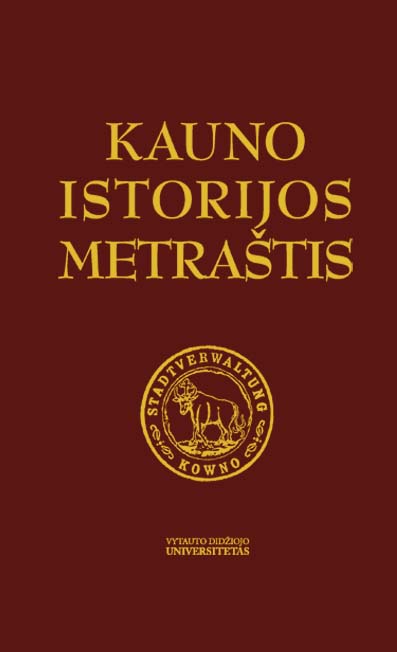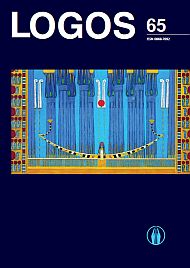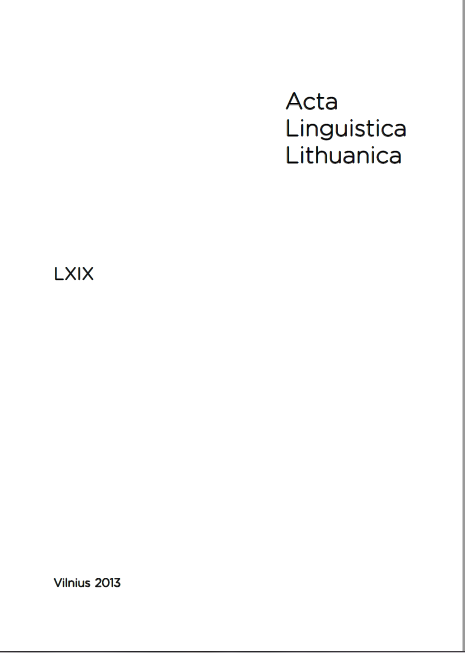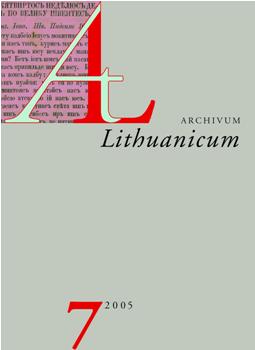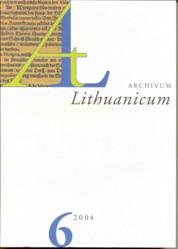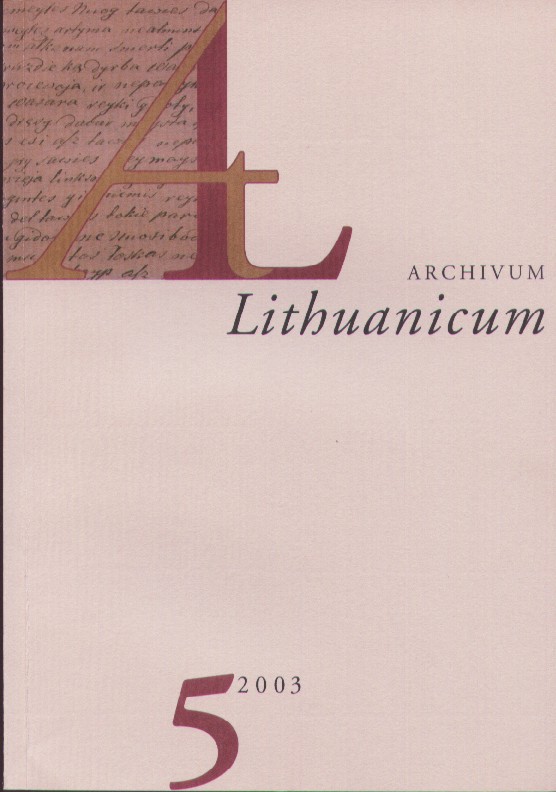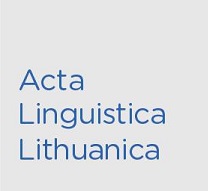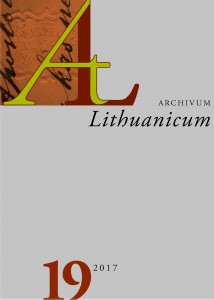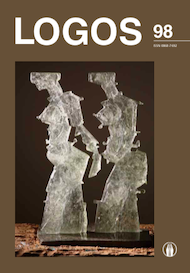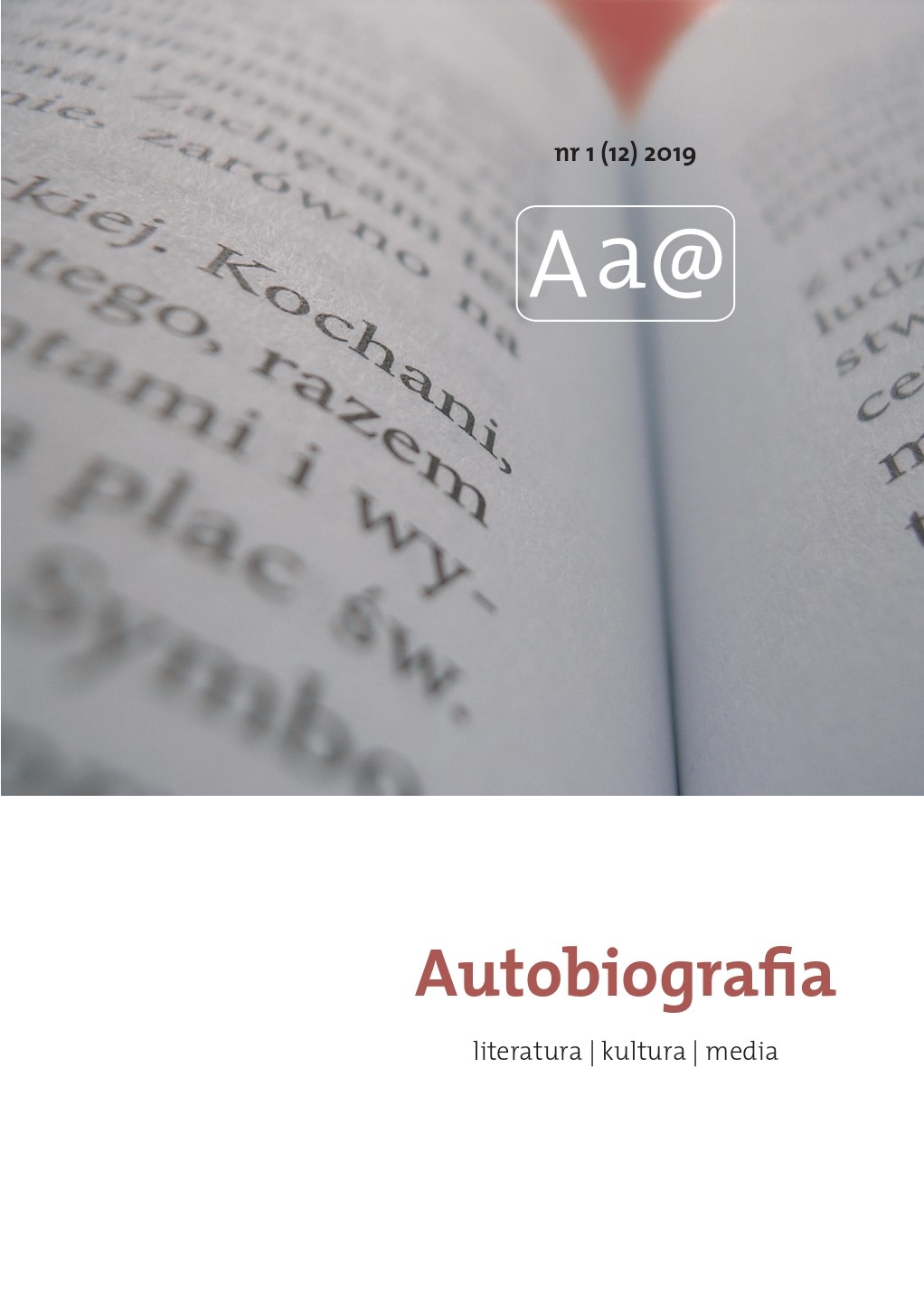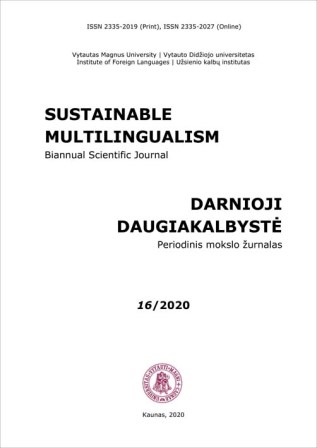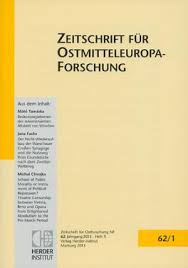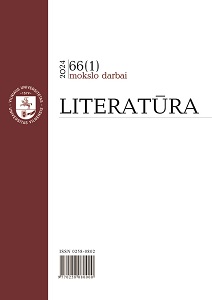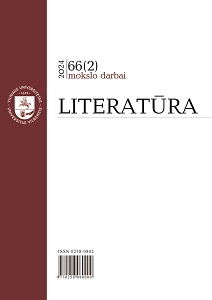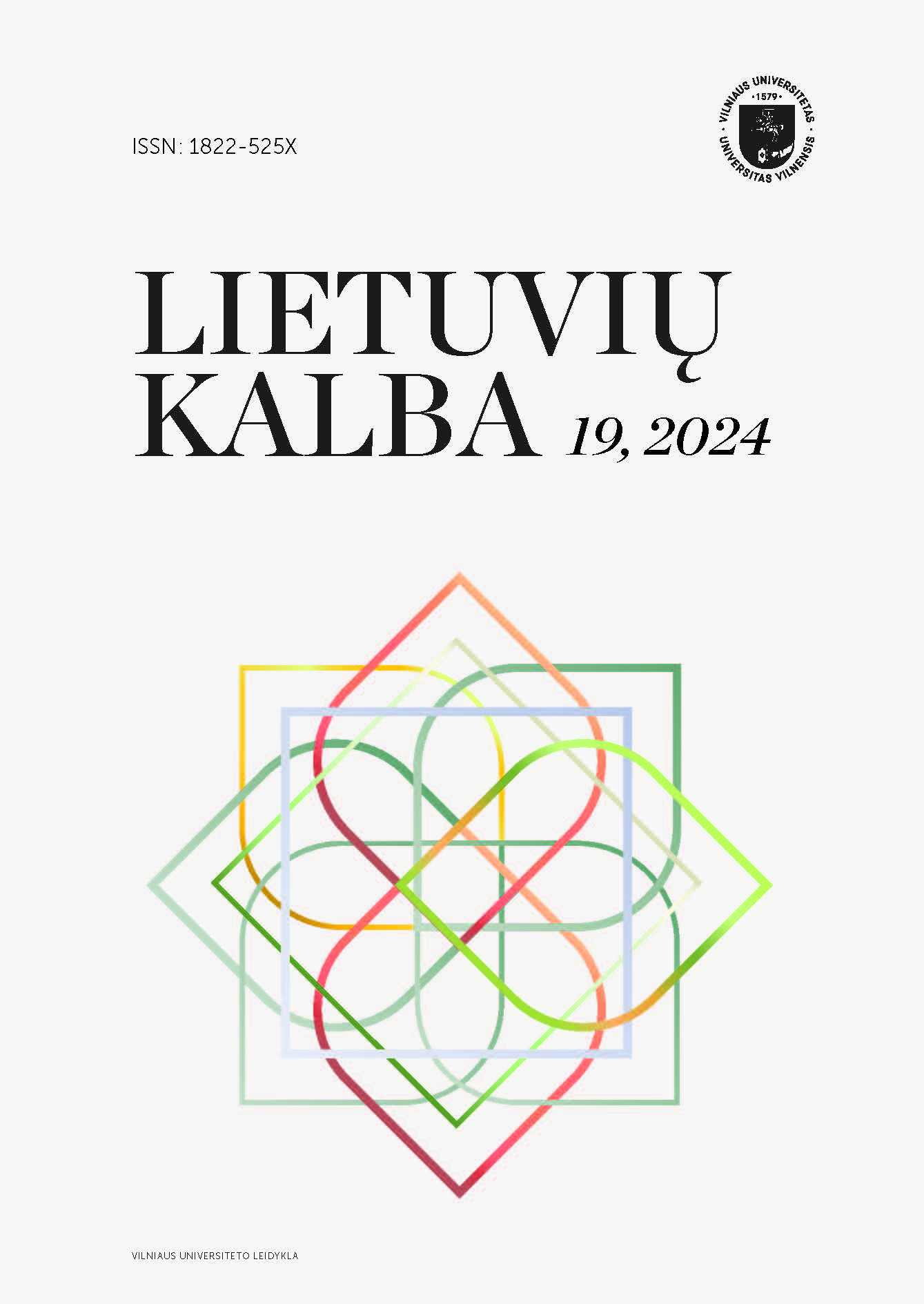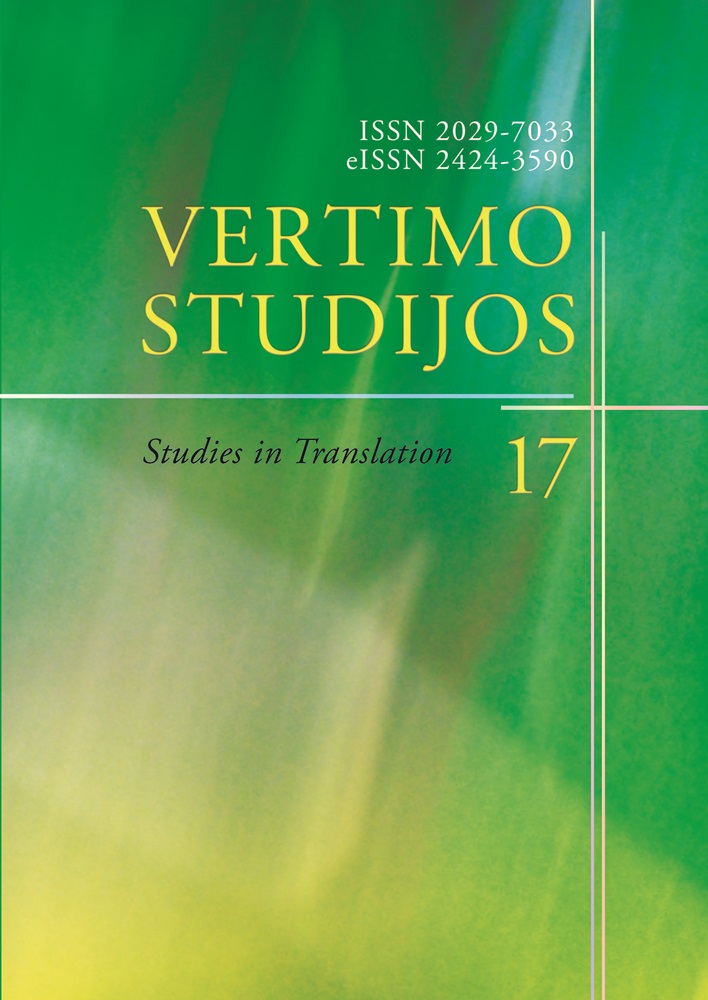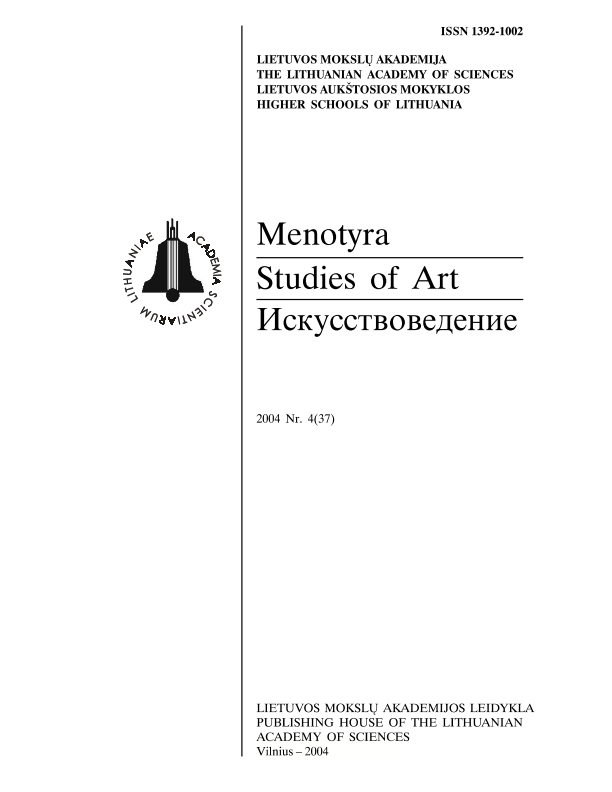
Pirmieji modernizmo blykstelėjimai lietuvių prieškario teatre 1920-1929 m.
In pre-war Lithuania of the 20s, there were essential differences between manifestations of modernism in literature, art, and theatre. These differences were due to objective reasons having to do with the historical developments in each of these areas. What the modern and innovative manifestations in all areas of the arts had in common was the fact that they came belated compared to analogous phenomena in Western Europe (where they became the focus of avant-garde art).Lithuanian theatre's unique and exclusive developmental peculiarities as well as its evolutionary difficulties in the third decade of its existence determined the belated and overly modest manifestations of modern art. These manifestations are associated with the formation of professional theatre, the direction representing the old pre-reformist Russian school, the theatre repertoire, as well as the complicated situation of the company in the first decade of the professional national theatre's existence.Director Borisas Dauguvietis' outbursts of modernism in the third decade of the theatre involve elements of symbolism, naturalism, orientalism, "technicism", a theatrical improvisation in the "commedia dell'arte" style; these single flashes can be observed in the following plays: G. Hauptmann's "Hannele", M. Maeterlinck's "The Intruder", J. Vilkutaitis-Keturakis's "Amerika pirtyje", C. Gozzi's "Turandot", L. Pirandello's "Right You Are, If You Think You Are", and Moliere's "The Imaginary Invalid". B. Dauguvietis' searches for the origin and essence of modern stage tools and their contact with the repercussions of Eastern (A. Tairov's) and Western modern stage art are also notable. In the context of the national drama theatre's repertoire, these productions demonstrated B. Dauguvietis' creative potential as well as the company's barely noticeable slip towards scenic novelties. In that sense, the fourth decade of the theatre's development was far richer and more colourful, linked with the entrenchment of scenic innovation and modern direction (examples of the above include A. Oleka Žilinskas', Mikhail Chekhov's, and their students A. Jakševičius' and R. Juknevičius' original directions representing the scenic avant-gardism of the 1930s in Russia.)
More...
